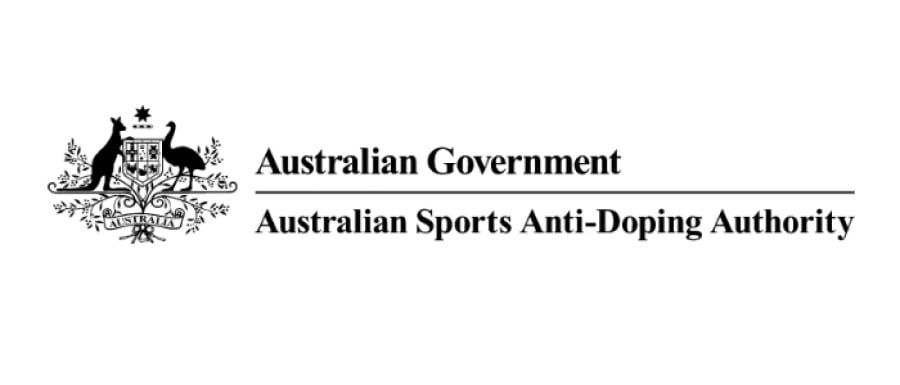Gold Coast investigation: media correction update
Press Release
A number of statements made by journalist Chip Le Grand in the last 24 hours have been factually incorrect.
Under our legislation, ASADA cannot provide details about the investigation of an individual, which includes the specifics of any evidence in an individual’s case.
However, ASADA would like to correct the record on the following statements:
“The Australian can reveal ASADA’s investigators, in the same confidential report that recommended charges against Bock in October 2013…”
The role of the report was to investigate potential anti-doping rule violations. No recommendations were made. The evidence in the report was considered by the CEO. ASADA does not use its funding to pursue cases it does not think it can win.
“The strength of ASADA’s case against Bock is its reliance on direct witness accounts. There is no dispute among the witnesses over what Bock was given and whether he took it.”
This is factually incorrect. There are numerous inconsistencies in the witness evidence gathered by ASADA in relation to the Gold Coast matter, and these inconsistencies were unable to be resolved by corroborating evidence.
“The only question ASADA has to ask itself, in the first instance is, is there a possibility that Nathan Bock took a banned substance. That is the test for whether or not you refer it to the anti-doping review panel.”
This is simply not true. In addition to the possibility of a violation having occurred, the ASADA CEO must also be satisfied that action against the athlete is warranted before the CEO issues a show cause notice to any athlete. These steps occur before the matter is referred to the panel.
When determining whether action is warranted, an important element to consider is whether or not there is sufficient evidence to sustain the charge.
To prove that an athlete has used a prohibited substance, ASADA must be able to prove the substance used by that athlete. ASADA will not bring a use case forward when there is insufficient evidence of the substance used.
In cases of ‘attempted use’, the anti-doping agency must be able to prove the intent of the athlete to use a prohibited substance. This cannot be done in the absence of compelling, reliable evidence.




